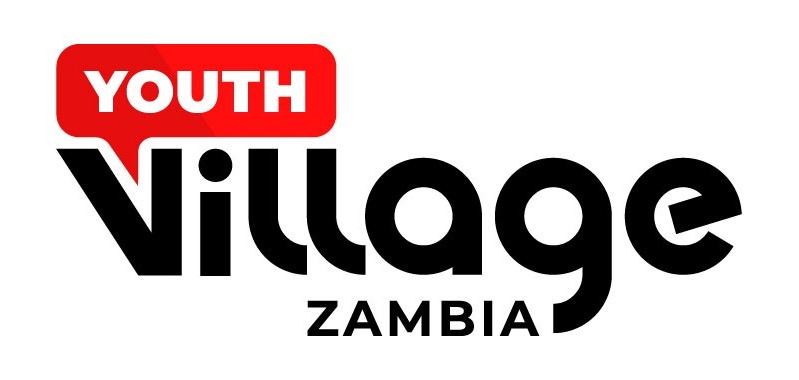Zambia is undergoing significant educational reforms aimed at improving the quality of education, expanding access, and aligning the education system with the demands of the 21st century. Recognizing the critical role education plays in national development, the government, along with various stakeholders, is implementing initiatives that seek to enhance the educational landscape. Here are five key educational reforms currently taking place in Zambia.
1. Curriculum Review and Development
One of the most significant reforms in Zambia’s education system is the comprehensive review and update of the national curriculum. The government aims to align the curriculum with global educational standards and local labor market needs. This reform emphasizes critical thinking, creativity, and problem-solving skills, integrating practical and vocational training to prepare students for the workforce. Additionally, there is a strong focus on STEM (science, technology, engineering, and mathematics) education to equip learners with relevant skills in a rapidly changing technological landscape.
2. Teacher Training and Professional Development
To improve the quality of education, Zambia is investing in teacher training and professional development programs. The government recognizes that well-trained teachers are crucial for delivering quality education. New initiatives include upgrading existing teacher training colleges, introducing continuous professional development programs, and promoting the use of modern teaching methods. By enhancing teachers’ skills and knowledge, the reforms aim to create a more effective learning environment that fosters student engagement and success.
3. Expansion of Access to Education
Zambia is committed to expanding access to education for all children, including marginalized and vulnerable populations. The government has implemented policies to increase the number of schools, particularly in rural and underserved areas, to reduce the distance children must travel to access education. Initiatives such as the provision of free basic education and the introduction of school feeding programs have also been implemented to encourage school attendance and retention, especially among girls.
4. Integration of Information and Communication Technology (ICT)
The integration of ICT into education is a key reform aimed at modernizing Zambia’s education system. The government is working to enhance digital literacy among students and teachers by providing access to technology and promoting its use in classrooms. Initiatives include the installation of computer labs in schools, the development of e-learning platforms, and training programs focused on digital skills. By leveraging technology, the reforms aim to enhance learning experiences, foster collaboration, and prepare students for a digital economy.
5. Strengthening Technical and Vocational Education and Training (TVET)
Recognizing the importance of vocational training in promoting economic development, Zambia is prioritizing the enhancement of its Technical and Vocational Education and Training (TVET) system. Reforms include the establishment of more TVET institutions, curriculum alignment with industry needs, and partnerships with private sector employers to ensure that training programs are relevant and effective. By strengthening the TVET sector, the government aims to equip young people with practical skills that enhance their employability and contribute to economic growth.
Zambia’s educational reforms are aimed at creating a more inclusive, relevant, and effective education system that meets the needs of its citizens and the economy. By focusing on curriculum development, teacher training, access to education, ICT integration, and vocational training, the government is laying the groundwork for a brighter future for the country’s youth. As these reforms are implemented, they have the potential to transform Zambia’s education landscape, empower learners, and drive national development.






